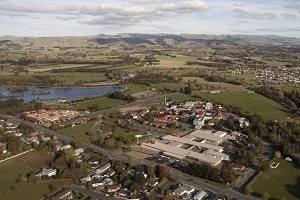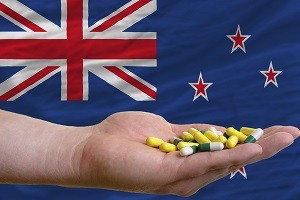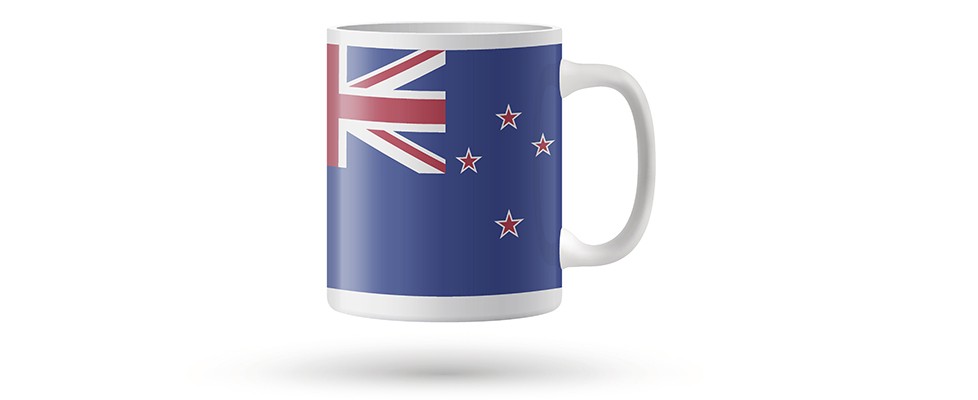New Zealand
The healthcare system in New Zealand has seen significant reforms in the last few decades. It was once a wholly public system; however, it has since become a combination of public and private. For instance, medical treatment for all accidents is covered by the Accident Compensation Corporation and services provided by public hospitals are free of cost for both permanent residents and citizens of New Zealand. Procedures that are deemed non-urgent can incur long wait times; therefore, secondary health insurance providers, such as Southern Cross Health Insurance, may fund private treatment for their members. Primary care and certain medications require partial payment, especially for certain member groups. Finally, emergency care is free of cost and is provided by charitable organizations, which are supported by public funding and private donations.
Healthcare Spending
The average Kiwi spent $3,292 USD on healthcare costs in 2012. This figure accounts for 10.3% of the national GDP. New Zealand is comparable on most metrics to other industrialized nations, and ranks 24th in the world with respect to healthcare spending. Australia, New Zealand’s closest neighbor, spends around 9% of the GDP on healthcare and the healthcare delivery systems are similar.
 Availability of Care
Availability of Care
In New Zealand, physicians account for 0.27% of the population. This figure, reported by the World Health Organization (WHO) is slightly lower than other industrialized nations, but much higher than the average for the Western Pacific Region, where doctors account for 0.15% of the population. The country has an abundance of nurses and midwives; 10.87 per one thousand people. This figure is more than four times the average for the region of 2.51 nurses and midwives per one thousand people.
Life Expectancy & Mortality
Life expectancy in New Zealand ranks 26th in the world, which is to say that it is fairly high. In 2014, life expectancy was measured at 78.88 years for men and 83.08 years for women, making the national average 80.93 years. Instances of communicable diseases are low and non-communicable diseases account for approximately 89% of all total deaths in the country. In particular, cancer accounts for 29% of all deaths and cardiovascular diseases account for 32% of all deaths.
 Other Issues
Other Issues
The New Zealand healthcare system faces very few issues. In 2009, New Zealand physicians reported high levels of satisfaction in their medical practice; 54% of doctors were satisfied and 35% were very satisfied. Continuing concerns for the medical sector in New Zealand include caring for the youth population and providing equitable health services for all New Zealanders. Health services for members of the youth population in New Zealand are poorly funded compared to those of other high-income nations. For instance the rate of youth suicide in New Zealand (15.9/100,000) is significantly higher than that of similar nations (U.K., 3.0; United States, 7.7; Australia, 8.5; Canada, 10.0) and could use additional public funding. In terms of equity, ethnic groups in New Zealand, such as the Māori people, generally have lower life expectancies, although the gap between Māori and non-Māori people has lessened in recent years. These are areas for future development.
